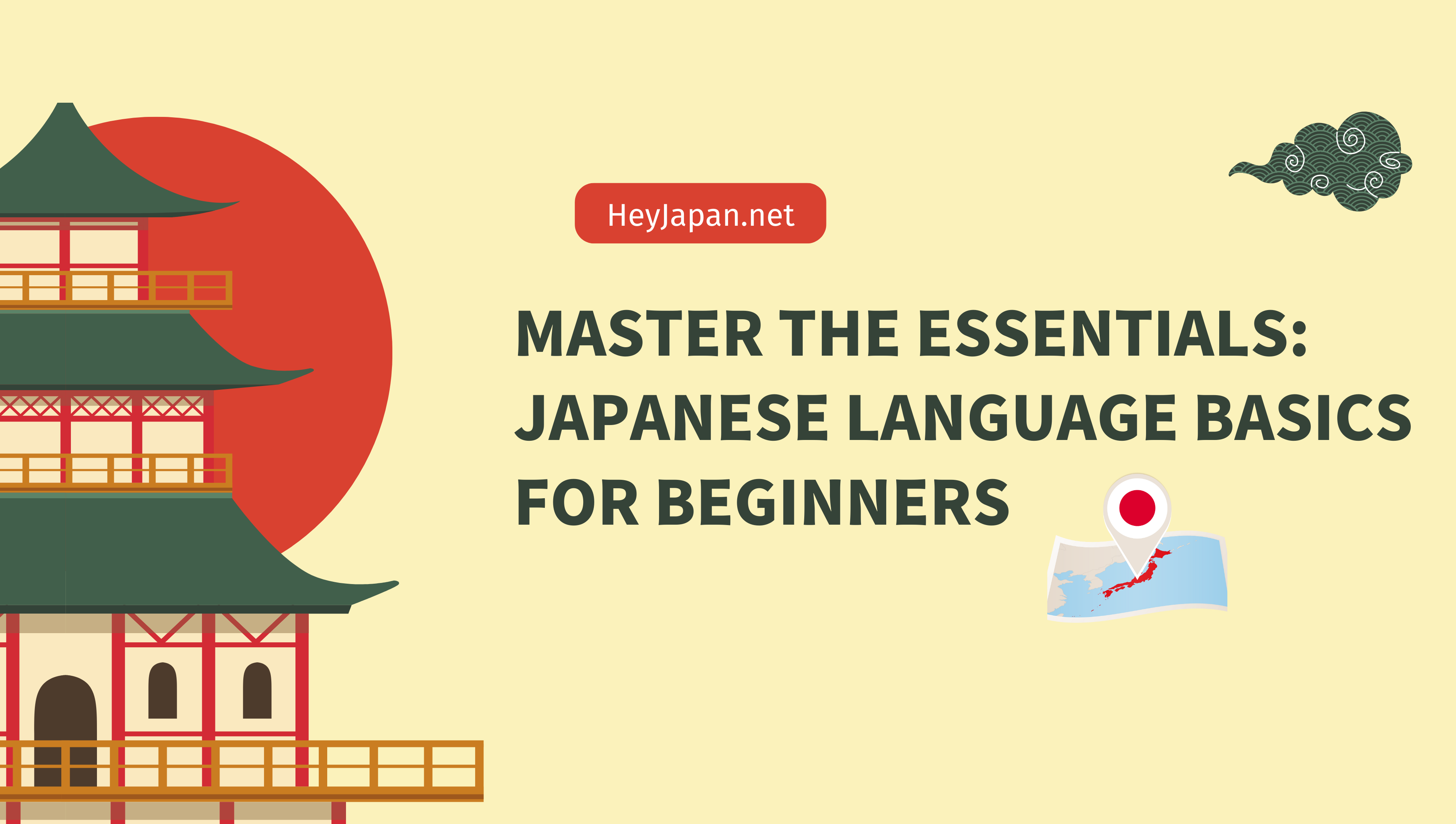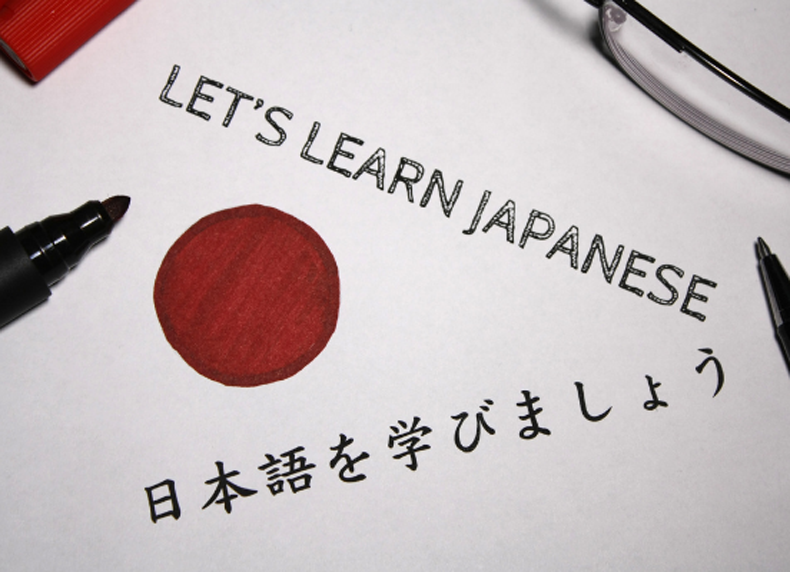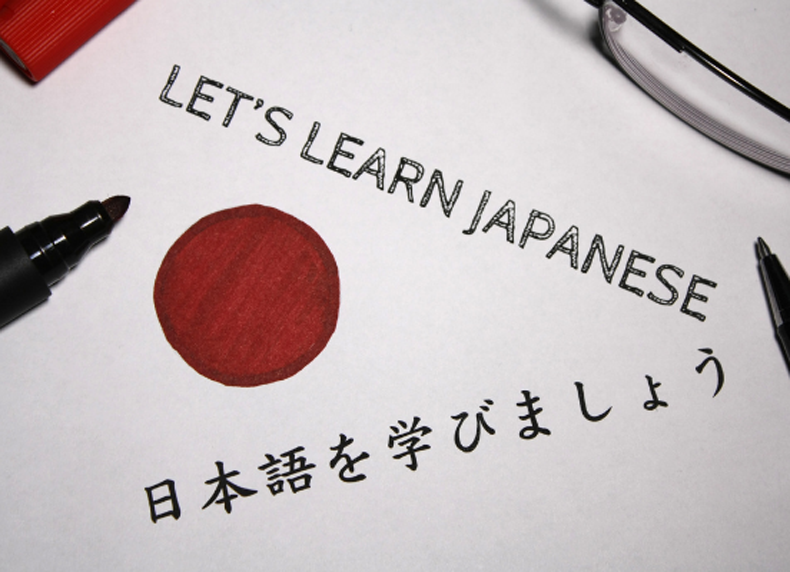- 1. Introduction
- 2. The Japanese Writing System
- - Hiragana
- - Katakana
- - Kanji
- 3. Basic Japanese Grammar
- Sentence Structure
- Verb Conjugation
- Particles
- 4. Essential Japanese Phrases
- 5. Japanese Culture and Etiquette
- 6. Resources for Learning Japanese
- Conclusion
- FAQs
If you're considering learning a new language, Japanese is a fascinating choice that opens doors to a rich culture and a unique linguistic experience. Whether you're interested in anime, manga, or planning to visit Japan, having a solid foundation in Japanese basics can greatly enhance your understanding and enjoyment. In this article, we'll explore the essential aspects of learning Japanese, from its writing system to grammar and useful phrases, equipping you with the tools to embark on your language journey.
1. Introduction
Learning a new language can be a challenging yet rewarding endeavor. Japanese, spoken by over 128 million people worldwide, offers a window into the vibrant culture of Japan. Understanding the basics of the Japanese language will enable you to communicate, appreciate their literature, and immerse yourself in the fascinating world of Japanese pop culture.
2. The Japanese Writing System
The Japanese writing system consists of three main scripts: hiragana, katakana, and kanji. Each plays a crucial role in conveying meaning and nuance.
- Hiragana
Hiragana is a phonetic script used for native Japanese words, verb conjugations, and grammatical elements. It consists of 46 characters and is typically the first script beginners learn. Mastering hiragana is essential for reading and writing in Japanese.
- Katakana
Katakana is another phonetic script that primarily represents foreign words, borrowed words, and onomatopoeic expressions. By learning katakana, you'll be able to read words derived from languages like English and get a better grasp of Japanese pronunciation.
- Kanji
Kanji are Chinese characters that were adopted into the Japanese writing system. There are thousands of kanji characters, each representing a word or concept. Learning kanji is a long-term commitment, but it is crucial for reading newspapers, books, and understanding complex texts.
3. Basic Japanese Grammar
Understanding Japanese grammar is essential to form meaningful sentences and express yourself accurately. Here are some key aspects of Japanese grammar:
Sentence Structure
Japanese sentence structure follows a subject-object-verb (SOV) pattern. The verb is placed at the end of the sentence, and particles indicate the role of words within the sentence. Here are some examples of Japanese sentence structure:
- Basic Sentence Structure:
- Watashi wa ringo o tabemasu. (私はりんごを食べます) - I eat an apple.
- Anata wa eigo o hanashimasu. (あなたは英語を話します) - You speak English.
- Kodomo-tachi wa asobimasu. (子供たちは遊びます) - Children play.
- Questions:
- Anata wa nihon-go ga hanasemasu ka? (あなたは日本語が話せますか) - Can you speak Japanese?
- Dare ga kono hon o kaimashita ka? (誰がこの本を買いましたか) - Who bought this book?
- Nani o tabemashita ka? (何を食べましたか) - What did you eat?
- Negation:
- Watashi wa ringo o tabemasen. (私はりんごを食べません) - I don't eat apples.
- Anata wa eigo o hanashimasen. (あなたは英語を話しません) - You don't speak English.
- Kodomo-tachi wa asobimasen. (子供たちは遊びません) - Children don't play.
- Adjective + Noun:
- Kirei na hana desu. (きれいな花です) - It is a beautiful flower.
- Oishii sushi o tabemashita. (おいしい寿司を食べました) - I ate delicious sushi.
- Ookii ie ga arimasu. (大きい家があります) - There is a big house.

Verb Conjugation
Japanese verbs change their form depending on tense, politeness level, and other factors. Learning the various conjugation forms is necessary for constructing sentences correctly. Here are some examples of verb conjugation in different forms:
- Dictionary Form (Plain Form):
- Taberu (食べる) - to eat
- Nomu (飲む) - to drink
- Miru (見る) - to see/watch
- Present Affirmative Form:
- Tabemasu (食べます) - I eat
- Nomimasu (飲みます) - I drink
- Mimasu (見ます) - I see/watch
- Present Negative Form:
- Tabemasen (食べません) - I don't eat
- Nomimasen (飲みません) - I don't drink
- Mimasen (見ません) - I don't see/watch
- Past Affirmative Form:
- Tabemashita (食べました) - I ate
- Nomimashita (飲みました) - I drank
- Mimashita (見ました) - I saw/watched
- Past Negative Form:
- Tabemasen deshita (食べませんでした) - I didn't eat
- Nomimasen deshita (飲みませんでした) - I didn't drink
- Mimasen deshita (見ませんでした) - I didn't see/watch
- Te-Form:
- Tabete (食べて) - eating
- Nonde (飲んで) - drinking
- Mite (見て) - seeing/watching
- Potential Form:
- Taberu (食べる) becomes Taberareru (食べられる) - can eat
- Nomu (飲む) becomes Nomareru (飲まれる) - can drink
- Miru (見る) becomes Mieru (見える) - can see/watch
- Volitional Form:
- Tabeyou (食べよう) - Let's eat
- Nomou (飲もう) - Let's drink
- Miyou (見よう) - Let's see/watch
- Imperative Form:
- Tabete (食べて) - Eat!
- Nonde (飲んで) - Drink!
- Mite (見て) - See/Watch!
These examples represent a fraction of the verb conjugation possibilities in Japanese. Learning verb conjugation patterns and understanding their usage will enable you to express yourself accurately and navigate various situations in Japanese conversation.
Particles
Japanese particles, known as "joshi" in Japanese, are small words that play a crucial role in indicating the grammatical relationships between words in a sentence. They provide context, show the function of nouns, indicate subjects and objects, and specify locations and directions. Here are some common Japanese particles and their usage:
- は (wa):
- Indicates the topic of the sentence. Example: Watashi wa Nihongo ga suki desu. (私は日本語が好きです) - As for me, I like Japanese.
- を (o):
- Marks the direct object of a verb. Example: Kōhī o nomimasu. (コーヒーを飲みます) - I drink coffee.
- が (ga):
- Marks the subject of a sentence or introduces a new topic. Example: Anata ga kirei desu. (あなたがきれいです) - You are beautiful.
- で (de):
- Indicates the location or means by which an action takes place. Example: Eki de machiawase shimashō. (駅で待ち合わせしましょう) - Let's meet at the station.
- に (ni):
- Indicates a specific time, direction, or destination. Example: Ashita ni eiga ni ikimasu. (明日に映画に行きます) - I will go to the movies tomorrow.
- へ/に (e/ni):
- Indicates direction or movement towards a place. Example: Kōen ni arukimashō. (公園に歩きましょう) - Let's walk to the park.
- と (to):
- Indicates a person or thing with whom/which an action is performed or experienced. Example: Tomodachi to issho ni asobi ni ikimasu. (友達と一緒に遊びに行きます) - I will go to play with my friend.
- も (mo):
- Adds the meaning of "also" or "too" to the word before it. Example: Watashi mo Nihongo o benkyō shimasu. (私も日本語を勉強します) - I also study Japanese.
These are just a few examples of Japanese particles, and there are many more in the language. Particles play a significant role in indicating the grammatical structure of a sentence and clarifying relationships between words. Understanding their usage is essential for constructing accurate and coherent Japanese sentences.

4. Essential Japanese Phrases
Building a repertoire of essential phrases can greatly enhance your ability to communicate in Japanese. Here are a few examples:
- Konnichiwa: Hello
- Arigatou gozaimasu: Thank you
- Sumimasen: Excuse me
- O-genki desu ka?: How are you?
- Watashi wa [name] desu: I am [name]
- Doko desu ka?: Where is it?
- Eigo ga hanasemasu ka?: Can you speak English?
Learning these phrases and their correct pronunciation will make your interactions in Japanese more effective and enjoyable.
5. Japanese Culture and Etiquette
Understanding Japanese culture and etiquette enhances your language learning experience. Japanese society places importance on customs, such as bowing, removing shoes indoors, and using honorific titles. Learning about these cultural aspects will not only deepen your understanding but also show respect and appreciation for the Japanese way of life. Here are some key aspects of Japanese culture and etiquette:
Respect and Politeness:
- Respect for others is deeply ingrained in Japanese culture. Politeness is shown through bowing, using honorific language, and demonstrating humility in interactions.
- Example: When meeting someone for the first time, it is customary to bow and use respectful language. Saying "Hajimemashite" (Nice to meet you) and "Yoroshiku onegaishimasu" (Please treat me well) are common phrases.
Gift Giving:
- Gift giving is an important aspect of Japanese culture. Gifts are given for various occasions, such as visits, celebrations, or expressions of gratitude.
- Example: When visiting someone's home, it is customary to bring a small gift, such as omiyage (souvenirs) from your hometown or a nicely wrapped package of sweets.
Dining Etiquette:
- Japanese dining etiquette emphasizes mindfulness, cleanliness, and respect for food and others at the table.
- Example: It is customary to say "Itadakimasu" (I humbly receive) before starting a meal and "Gochisōsama deshita" (Thank you for the meal) after finishing. Chopsticks should not be left sticking vertically in a bowl of rice.
Onsen (Hot Springs) Etiquette:
- Onsen bathing is a popular Japanese tradition. There are specific rules and etiquette to follow in communal baths.
- Example: Before entering an onsen, it is important to wash and rinse your body thoroughly at the washing area. Tattoos may need to be covered, as they can be associated with yakuza (organized crime).

Shoes and Slippers:
- Removing shoes before entering homes, certain establishments, and even some schools is a common practice in Japan. Slippers are often provided for indoor use.
- Example: When entering a traditional Japanese house, you should take off your shoes at the genkan (entrance) and wear slippers provided by the host. However, slippers should be removed when stepping onto tatami (straw mat) areas.
6. Resources for Learning Japanese
Fortunately, numerous resources are available to support your Japanese language journey. Here are some recommended tools and materials:
- Textbooks: Genki, Minna no Nihongo
- Language learning apps: Duolingo, Memrise, HeyJapan
- Online courses: JapanesePod101, Coursera
- Language exchange platforms: HelloTalk, Tandem
- Local language schools and tutors
By utilizing these resources, you can tailor your learning approach and find the methods that work best for you.
Conclusion
Embarking on the journey of learning Japanese basics is an exciting and enriching endeavor. By understanding the Japanese writing system, grammar, essential phrases, and cultural aspects, you'll gain the confidence to communicate and engage with the Japanese language and culture. Remember to practice regularly, seek opportunities to immerse yourself in the language, and embrace the joy of discovering a new world through language learning.
FAQs
**1. Is Japanese a difficult language to learn for beginners?
Learning any new language can be challenging, but Japanese does present some unique aspects that may require extra effort. The writing system, with its combination of hiragana, katakana, and kanji, can be initially overwhelming. Additionally, the sentence structure and grammar may differ from what English speakers are accustomed to. However, with dedication, practice, and the right resources, beginners can overcome these challenges and make significant progress in learning Japanese.
2. How long does it take to become fluent in Japanese?
The time it takes to become fluent in Japanese varies depending on various factors such as prior language learning experience, study habits, immersion opportunities, and dedication to regular practice. Achieving fluency in any language is a long-term endeavor, and for Japanese, it typically takes several years of consistent study and immersion to reach a high level of proficiency. However, with consistent effort and a structured learning approach, beginners can start communicating in Japanese and gradually improve their skills over time.
3. Are there any shortcuts or tips for learning Japanese more efficiently?
While learning a language requires time and effort, there are some strategies that can help optimize your learning process.
Read more here: https://heyjapan.net/blog/detail/5-minute-japanese-tips-for-learning-the-basics-on-the-go?hl=en
4. Can I learn Japanese on my own, or do I need formal classes?
Both options can be effective, depending on your learning style and preferences. Many individuals successfully learn Japanese on their own using textbooks, online resources, language learning apps, and language exchange platforms. Self-study allows for flexibility and personalized learning. However, formal classes or lessons with a tutor can provide structured guidance, feedback, and opportunities for practice and interaction. Ultimately, the choice between self-study and formal classes depends on your learning style, discipline, and the resources available to you.
Learn online for free here: https://heyjapan.net/
5. How can learning Japanese benefit me in the long run?
Learning Japanese can offer a range of personal and professional benefits. From a personal perspective, it opens doors to experiencing Japanese culture, literature, and entertainment on a deeper level. It allows you to connect with native speakers, build relationships, and gain a greater understanding and appreciation for Japanese traditions and customs. Professionally, knowing Japanese can provide opportunities for employment in international companies, translation and interpretation services, tourism, teaching, and various fields related to Japan. It demonstrates cultural competency, adaptability, and a willingness to engage with diverse cultures, making you a valuable asset in an increasingly globalized world.
Learn basic Japanese with HeyJapan
iOS: https://apps.apple.com/us/app/heyjapan-learn-basic-japanese/id1576311051
Android: https://play.google.com/store/apps/details?id=com.eup.heyjapan








